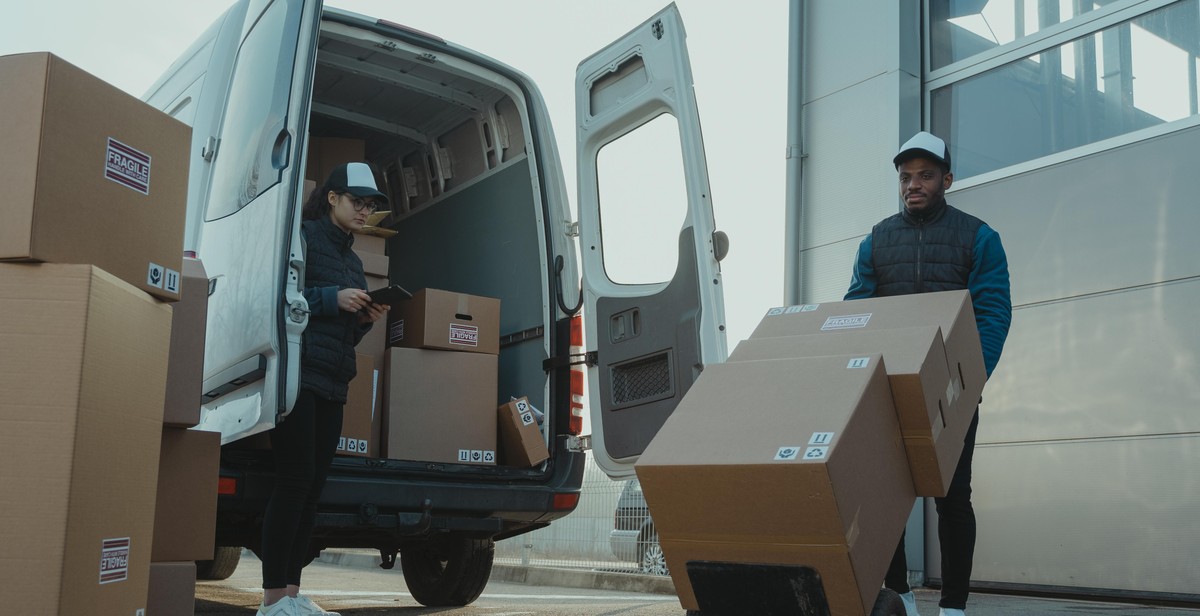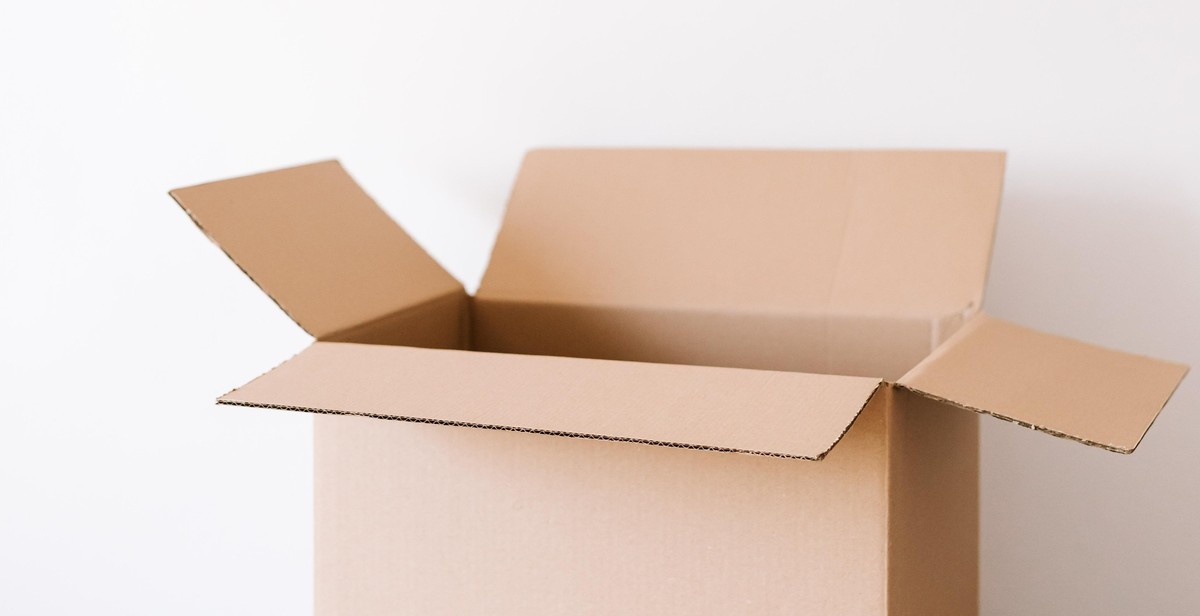How to Implement Last-Mile Delivery Solutions: Enhancing Customer Satisfaction
As an experienced article writer and content creator, I have witnessed the evolution of the logistics industry and the challenges that come with it. Last-mile delivery, in particular, has become a critical aspect of the supply chain, especially with the growth of e-commerce.
Last-mile delivery refers to the final stage of the delivery process, where goods are transported from the warehouse to the customer’s doorstep. It is often the most complex and expensive part of the delivery process, and it requires a well-planned logistics strategy to ensure customer satisfaction.
The Importance of Last-Mile Delivery Solutions
With the rise of online shopping, customers expect fast and reliable delivery. In fact, a survey by MetaPack found that 96% of customers consider delivery speed an essential factor when making a purchase decision. Therefore, implementing effective last-mile delivery solutions is critical to enhancing customer satisfaction and building brand loyalty.
Challenges of Last-Mile Delivery
Last-mile delivery is often complicated by several factors, including traffic congestion, complex urban landscapes, and the need for specialized delivery options. These challenges can lead to delayed deliveries, missed delivery windows, and dissatisfied customers.
However, with the right last-mile delivery strategy and technology, businesses can overcome these challenges and provide an exceptional delivery experience to their customers. In this article, I will share some tips on how to implement last-mile delivery solutions to enhance customer satisfaction.

What is Last-Mile Delivery?
Last-mile delivery refers to the transportation of goods from the last point of storage or transportation hub to the final destination, which is usually the customer’s doorstep. It is the final and most critical step in the delivery process, as it directly impacts customer satisfaction and the overall customer experience. Last-mile delivery is an essential component of the supply chain management process, and it involves the coordination of various stakeholders such as retailers, logistics providers, and transportation companies.
Challenges of Last-Mile Delivery
Despite its importance, last-mile delivery is one of the most challenging aspects of the supply chain management process. Some of the challenges associated with last-mile delivery include:
- Traffic congestion: Last-mile delivery often takes place in urban areas with high traffic congestion, leading to delays and increased transportation costs.
- Costs: Last-mile delivery is often the most expensive part of the delivery process, accounting for up to 53% of the total delivery cost.
- Customer expectations: Customers expect fast, reliable, and convenient delivery services, which can be challenging to achieve, especially during peak periods.
- Delivery failures: Failed deliveries due to incorrect addresses, unavailability of customers, or other reasons can lead to increased costs and customer dissatisfaction.
| Statistic | Value |
|---|---|
| Projected global last-mile delivery market size by 2025 | $55.2 billion |
| Percentage of consumers willing to pay for same-day delivery | 41% |
| Percentage of consumers who have experienced a failed delivery | 23% |
Addressing these challenges requires innovative solutions such as route optimization, the use of technology, and collaboration among stakeholders. Implementing effective last-mile delivery solutions can enhance customer satisfaction, increase operational efficiency, and improve the overall customer experience.

Benefits of Last-Mile Delivery Solutions
Last-mile delivery solutions have become increasingly popular in recent years due to their ability to provide numerous benefits to businesses. Implementing last-mile delivery solutions can help businesses enhance customer satisfaction, improve delivery efficiency, and reduce delivery costs. Below are some of the benefits of last-mile delivery solutions.
Enhancing Customer Satisfaction
One of the most significant benefits of last-mile delivery solutions is the enhancement of customer satisfaction. With last-mile delivery solutions, businesses can provide faster and more reliable delivery services to their customers. Customers can track their orders in real-time, receive notifications on delivery status, and even reschedule deliveries if necessary. This level of transparency and convenience can significantly improve customer satisfaction and loyalty.
Improving Delivery Efficiency
Last-mile delivery solutions also help businesses improve delivery efficiency. By optimizing delivery routes and using advanced technologies such as GPS tracking, businesses can ensure that deliveries are made on time and with minimal delays. This not only improves customer satisfaction but also helps businesses save time and resources.
Reducing Delivery Costs
Last-mile delivery solutions can also help businesses reduce delivery costs. By optimizing delivery routes and reducing the number of delivery attempts, businesses can save on fuel costs and reduce the wear and tear on their vehicles. Additionally, last-mile delivery solutions can help businesses avoid costly fines for missed or delayed deliveries.
| Benefits of Last-Mile Delivery Solutions |
|---|
| Enhancing Customer Satisfaction |
| Improving Delivery Efficiency |
| Reducing Delivery Costs |
Overall, last-mile delivery solutions provide numerous benefits to businesses, including enhanced customer satisfaction, improved delivery efficiency, and reduced delivery costs. By implementing last-mile delivery solutions, businesses can stay competitive in today’s fast-paced market and provide exceptional delivery services to their customers.

Last-Mile Delivery Solutions
Implementing last-mile delivery solutions is crucial for businesses that rely on transportation to deliver goods to their customers. With the rise of e-commerce, customers expect fast and reliable delivery services. To meet these expectations, companies need to optimize their delivery processes and provide real-time tracking to ensure customer satisfaction.
Route Optimization Software
Route optimization software can help businesses plan delivery routes that are more efficient and cost-effective. This software takes into account factors such as traffic, road closures, and delivery windows to create the most efficient routes possible. By optimizing routes, companies can reduce delivery times and save on fuel costs.
Real-Time Tracking
Real-time tracking allows customers to track their deliveries in real-time, providing them with accurate information on when their package will arrive. This feature can be integrated into a company’s website or mobile app, allowing customers to track their deliveries from any device. Real-time tracking also helps companies monitor their delivery operations, ensuring that deliveries are on schedule and any issues can be quickly addressed.
Delivery Management Software
Delivery management software helps businesses manage their delivery operations more efficiently. This software can automate tasks such as dispatching, scheduling, and invoicing, reducing the need for manual processes. Delivery management software can also provide real-time updates on delivery status, allowing companies to quickly respond to any issues that may arise.
Collaborative Logistics
Collaborative logistics involves partnering with other companies to share delivery resources. By working together, companies can reduce delivery costs and improve delivery times. Collaborative logistics can also help businesses expand their delivery capabilities, allowing them to reach new markets and customers.
| Benefits of Last-Mile Delivery Solutions |
|---|
| Improved delivery times |
| Reduced delivery costs |
| Increased customer satisfaction |
| Improved delivery operations |
Overall, implementing last-mile delivery solutions can help businesses improve their delivery operations, reduce costs, and increase customer satisfaction. By leveraging technology such as route optimization software, real-time tracking, and delivery management software, companies can optimize their delivery processes and provide a better customer experience.

Implementing Last-Mile Delivery Solutions
Last-mile delivery is an essential aspect of the supply chain process that involves delivering products to customers’ doorsteps. It is crucial to ensure that the delivery process is efficient and effective to enhance customer satisfaction. Implementing last-mile delivery solutions can help businesses achieve this objective. Here are some steps to guide you through the process:
Assessing Your Delivery Needs
The first step in implementing last-mile delivery solutions is to assess your delivery needs. You need to evaluate your delivery volume, delivery frequency, and delivery locations. This assessment will help you determine the right solution for your business.
Choosing the Right Solution
After assessing your delivery needs, the next step is to choose the right solution. There are different last-mile delivery solutions available, including in-house delivery, third-party logistics providers, and crowdsourced delivery. You need to select the one that aligns with your business needs and budget.
Integrating the Solution with Your Existing System
Integrating the last-mile delivery solution with your existing system is crucial to ensure a seamless delivery process. You need to ensure that the solution can integrate with your order management system, inventory management system, and customer relationship management system.
Training Your Staff
Training your staff is essential to ensure that they can effectively use the last-mile delivery solution. You need to train them on how to use the solution, how to handle deliveries, and how to deal with customers. This training will help ensure that your delivery process is efficient and effective.
Implementing last-mile delivery solutions can help businesses enhance customer satisfaction and improve their bottom line. By assessing your delivery needs, choosing the right solution, integrating the solution with your existing system, and training your staff, you can implement an effective last-mile delivery solution for your business.

Conclusion
Implementing last-mile delivery solutions is crucial for any business looking to enhance customer satisfaction. As consumers increasingly demand faster and more convenient delivery options, it’s important for businesses to meet those expectations in order to stay competitive.
One of the first steps in implementing last-mile delivery solutions is to analyze your current delivery process. Identify any bottlenecks, delays, or areas for improvement. From there, you can explore different options such as partnering with a third-party logistics provider or investing in technology like route optimization software.
Another important consideration is communication with your customers. Providing real-time updates on delivery statuses and estimated arrival times can go a long way in improving customer satisfaction and reducing frustration.
Ultimately, the key to successful last-mile delivery is flexibility and agility. As delivery expectations continue to evolve, businesses must be willing to adapt and embrace new solutions in order to meet the needs of their customers.
- Identify areas for improvement in your current delivery process
- Explore different options for last-mile delivery solutions
- Communicate with your customers to provide real-time updates
- Be flexible and agile in adapting to changing delivery expectations
By implementing these strategies, businesses can not only enhance customer satisfaction but also improve overall operational efficiency and profitability.
